In 1975, a fishing boat working in the southwestern sea of Korean peninsula, near the Shinan Islands, caught six pieces of Chinese ceramic wares in the net. This seemingly trivial incident led to the discovery of a 14th century shipwreck with a precious cargo of ceramic wares and other objects. Much of the ship's cargo was found to be intact that led researchers to describe the Shinan shipwreck as possibly “the richest ancient shipwreck yet discovered”.
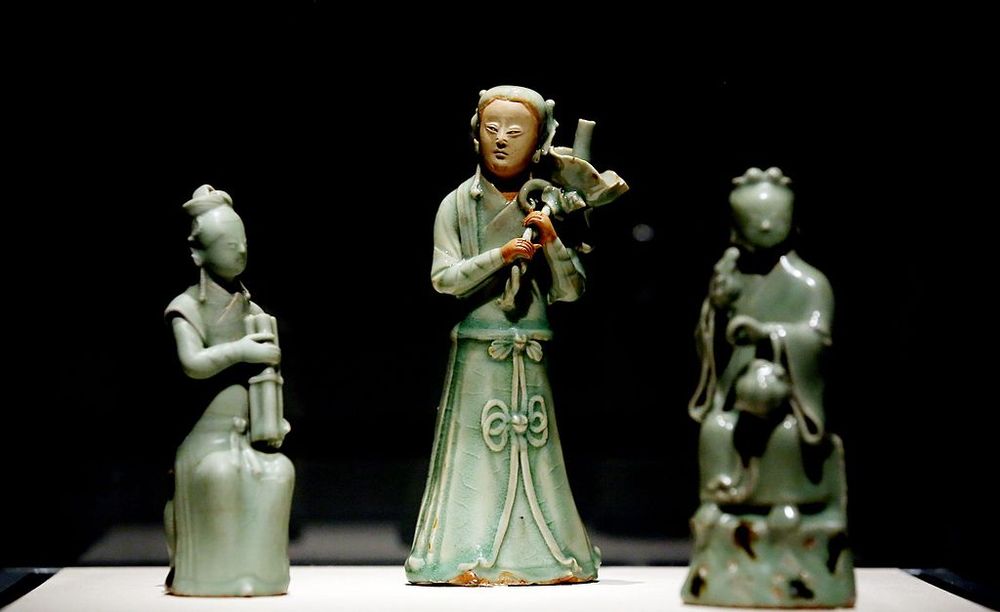
Ceramic artifacts discovered from the Shinan shipwreck. Photo: Korean Culture and Information Service/Wikimedia Commons
For nine years, every summer from 1976 to 1984, Korean divers salvaged the remains of this medieval Chinese vessel. Although the ship lay in only 20 meters of water, salvaging was made difficult by tidal currents and lack of visibility, because of which excavation work could only be carried out when the tide stood still and no longer than an hour a day. Working in near total darkness, divers recovered a vast treasure of artifacts including more than twenty thousand ceramic pieces, seven hundred metal objects, a couple of dozen stone objects, and twenty eight tons of Chinese coins. Additionally, a thousand pieces of red sandalwood and a variety of other including the crew's daily necessities were also recovered. After the cargo was salvaged, the ship itself was dismantled and the hull cut up underwater so it could be raised.
The ship is presumed to be approximately 32 meters in length with a cargo capacity of about 200 tons. Despite being such an important find, the identity of the ship is uncertain, nor is its port of departure. It is very likely the ship had been sailing from China on course to a port in Japan. There are ink-written wooden tags found on the shipwreck that list the names of Japanese temples such as Tofukuji in Kyoto and Hakosaki Kyu in Hakata, as well as of names of maritime merchants and monks such as koushi, which is a term used to refer to merchant headmen in Hakata, indicating that the ship was most likely destined for Japan's gateway port of Hakata.
A model of the ship and most of the artifacts recovered from it are today displayed at the National Research Institute of Maritime Cultural Heritage in Mokpo, South Korea.
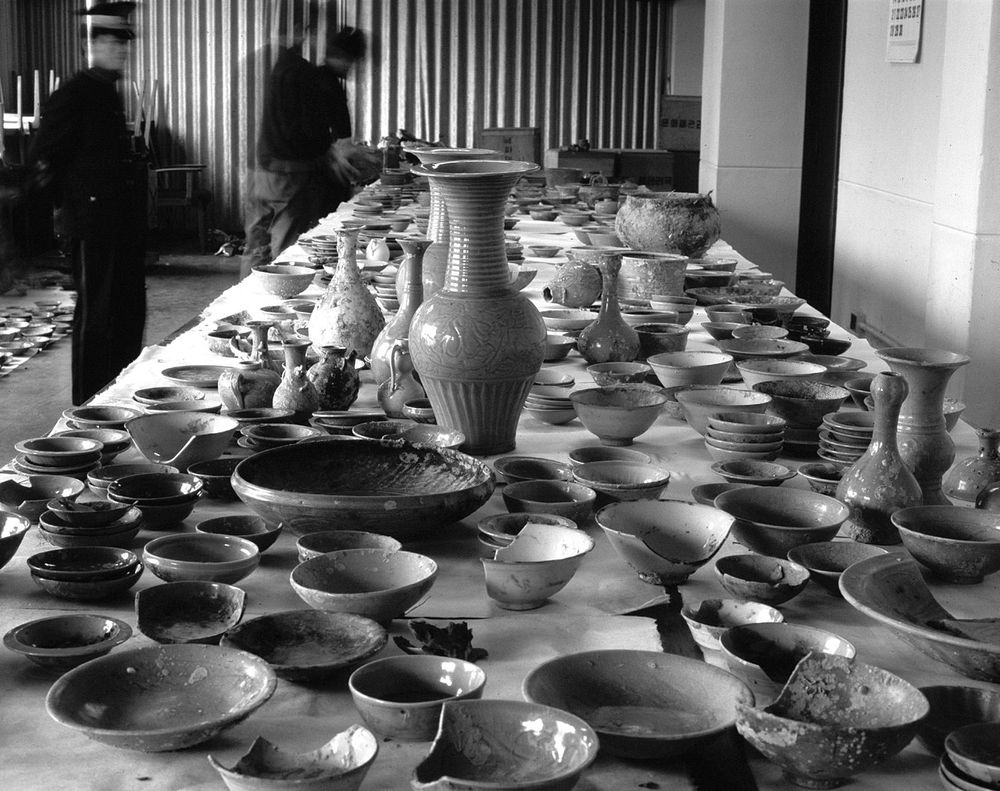
Ceramic artifacts discovered from the Shinan shipwreck, 1976. Photo: Government of the Republic of Korea/Wikimedia Commons
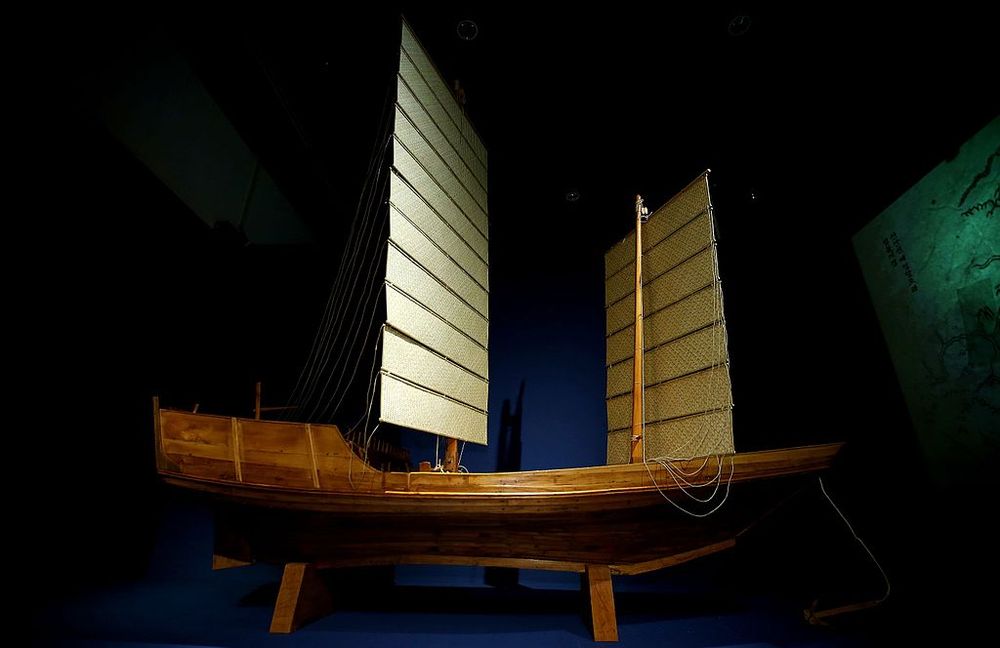
A model of the Shinan ship at the National Research Institute of Maritime Cultural Heritage in Mokpo. Photo: Korean Culture and Information Service/Wikimedia Commons

Ceramic artifacts discovered from the Shinan shipwreck. Photo: Korean Culture and Information Service/Wikimedia Commons
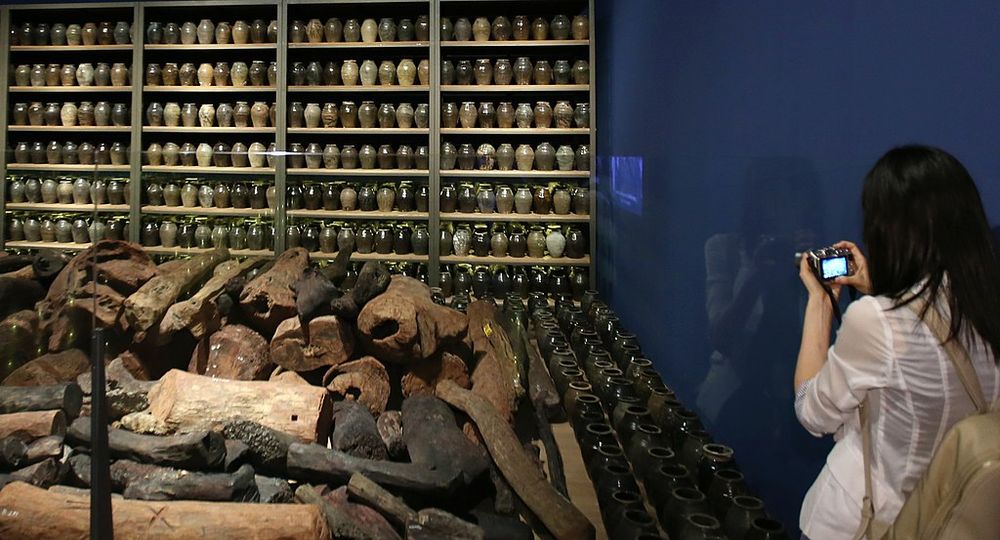
Ceramic artifacts discovered from the Shinan shipwreck. Photo: Korean Culture and Information Service/Wikimedia Commons
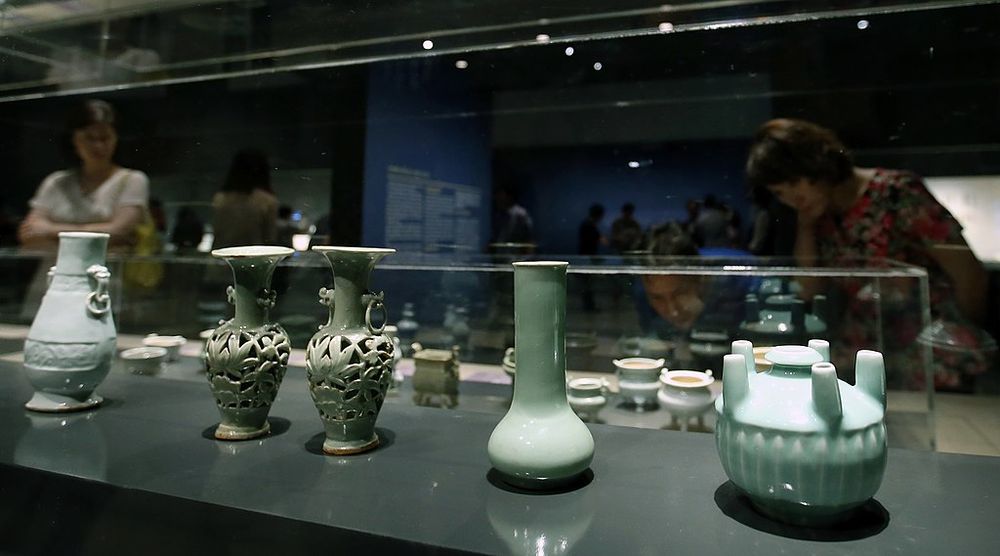
Ceramic artifacts discovered from the Shinan shipwreck. Photo: Korean Culture and Information Service/Wikimedia Commons
References:
# Per Hoffmann,Kwang‐nam Choi &Yong‐han Kim, The 14th‐century Shinan Ship—Progress in conservation, International Journal of Nautical Archaeology
# The Shinan shipwreck, UNESCO



Comments
Post a Comment